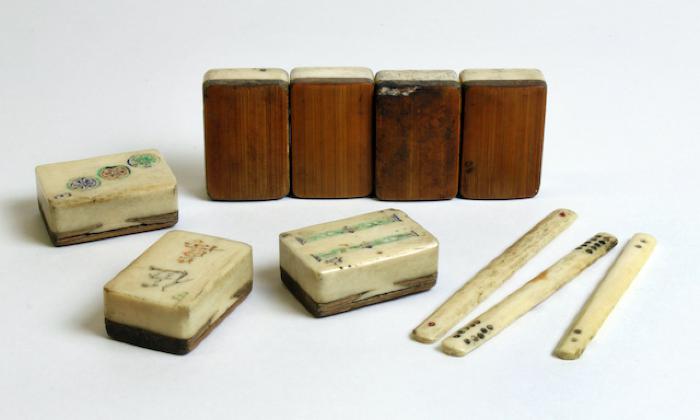Chinese Person — Kitait'saaq

Late 19th-century political unrest in China led large numbers of people to leave the country. Booming industries—the gold rush, railroads, and canneries—attracted Chinese immigrants to the United States. On Kodiak, Chinese laborers were a critical part of the canning industry from about 1880 to 1920, out-numbering workers of Alutiiq and European heritage. Canning companies hired west coast labor contractors to provide and supervise a large seasonal Chinese workforce. The canneries transported the laborers to and from Kodiak to make cans, clean fish, and complete many other jobs that required little experience.
Life in the canneries was difficult. Workers experienced isolation, monotonous tasks, and limited rations. There was also a strict racial hierarchy, and Chinese workers fell at the bottom of it alongside Native people. The Chinese lived in separate quarters and had a separate cook. The contractors supervising the China crews often skimped on food to profit from ration money provided by canneries. They also plied the workers with opium. To improve conditions, Chinese workers grew gardens, collected local plants and shellfish, and traded with Native people living near the canneries. Alutiiq hunters in Chignik traded Chinese workers bear parts for rice. Despite these challenges, the work was dependable and the pay favorable.
Over time, the flow of Chinese workers to Kodiak canneries waned, as federal law prohibiting immigration from China reduced the workforce. By the 1930s, imported Chinese laborers were largely replaced by workers of Mexican, Japanese, and Filipino heritage. There was also growing reliance on local labor, particularly Alutiiq families, for seasonal work.
